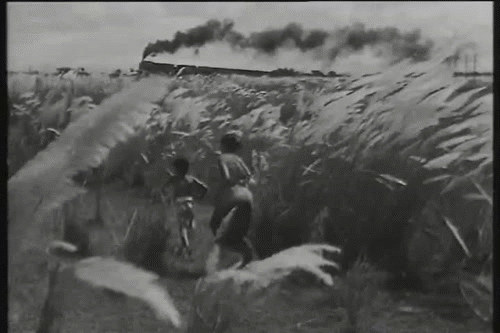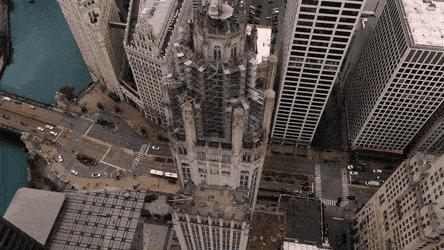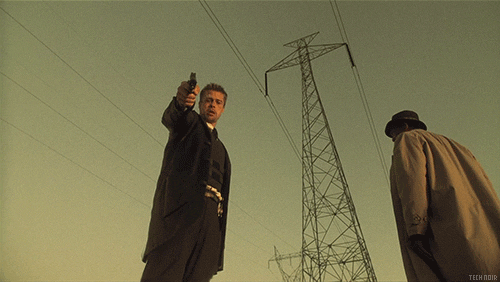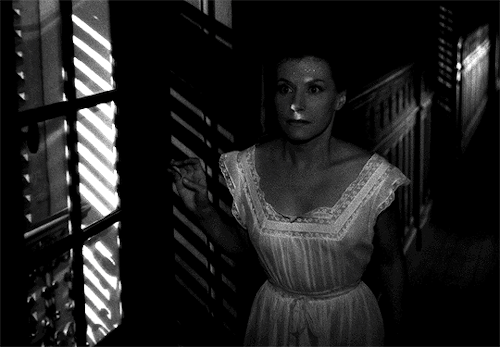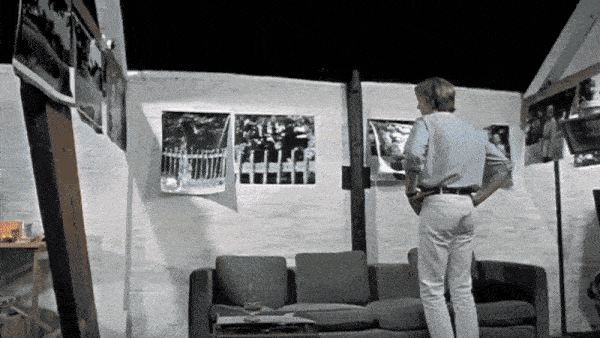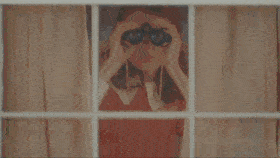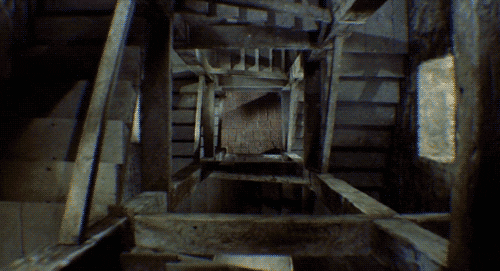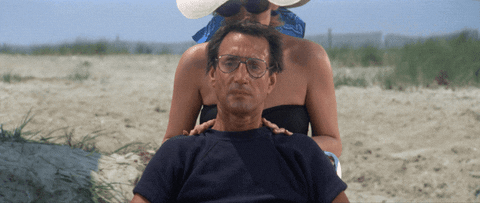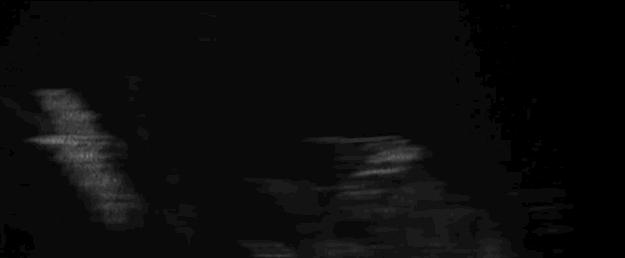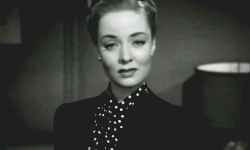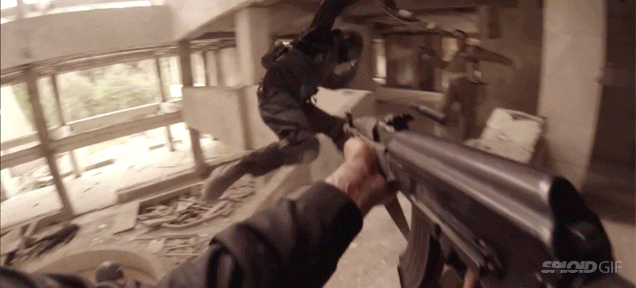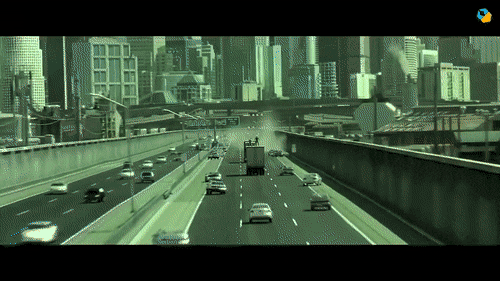10 Iconic Camera Techniques in Cinema: A Guide to Appreciating the Art of Film
e-Guide to cinematography
From the close-up shot that conveys raw emotion to the dolly zoom shot that creates a disorienting effect, there are many camera techniques used in cinema that have become iconic and influential. By understanding these techniques and how they are used, audiences can gain a deeper appreciation for the artistry and craft of filmmaking. In this article, I explore 10 of the most notable camera techniques in cinema and examine how they have been used to convey emotion, tension, power dynamics, and more.
1. Close-up
A shot that frames a subject's face or other specific detail, often used to convey emotion or highlight a key element in a scene. Close-ups are one of the most frequently used shots in cinema and have been used since the beginning of filmmaking. They can be seen in everything from silent films to contemporary blockbusters. For example, in the 1931 German film "M," director Fritz Lang used close-ups of actor Peter Lorre's face to convey his character's intense emotions and inner turmoil.
2. Tracking shot
A shot that follows a subject as they move through a scene, often achieved by moving the camera on a dolly or other tracking device. Tracking shots have been used in films for over a century and have become an essential part of filmmaking. In Akira Kurosawa's 1950 film "Rashomon," he used a tracking shot to follow the bandit's progress through the forest, creating a sense of movement and tension.
3. Steadicam shot
A shot that is smoothly and fluidly moving with the camera mounted on a stabilizer to give it an unshakeable movement. The Steadicam was invented in the 1970s and has since become an essential tool for filmmakers. It was used extensively in Stanley Kubrick's 1980 film "The Shining," particularly in the famous scene where Danny rides his tricycle through the halls of the hotel.
4. Crane shot
A shot taken from a crane or elevated position that allows for a high-angle view of the scene, often used to establish a location or show the scale of a setting. Crane shots have been used in films for over a century and have become a staple of the cinematic language. In Satyajit Ray's 1955 film "Pather Panchali," he used a crane shot to capture the stunning beauty of the Indian countryside.
5. Low-angle shot
A shot taken from a low position that looks up at the subject, often used to make the subject appear powerful or intimidating. Low-angle shots have been used in cinema for over a century, and are often used to convey a sense of power and dominance. One example of this low-angle shot can be seen in Christopher Nolan’s 2008 film "The Dark Knight," when the camera looks up at the Joker during his interrogation, emphasizing his dominance.
6. High-angle shot
A shot taken from a high position that looks down on the subject, often used to make the subject appear vulnerable or powerless. High-angle shots have been used in cinema since its inception, and are often used to create a sense of vulnerability and powerlessness. An example of this can be seen in the 1955 French film "Les Diaboliques," where the high-angle shots of the characters emphasize their fear and powerlessness.
7. Zoom shot
A zoom shot is a shot that uses the camera's zoom function to change the focal length of the lens, often used to create a sense of intimacy or distance. This technique has been used in films since the 1940s and was popularized by French New Wave filmmakers in the 1950s and 1960s. One of the most iconic uses of this technique can be seen in the 1966 film "Blow-Up" directed by Michelangelo Antonioni, where the main character uses a zoom lens to investigate a photograph and uncover a mystery.
8. Dolly Zoom shot
The dolly zoom shot is a technique that combines a camera zoom with a dolly movement to create a disorienting effect, often used to convey a sense of unease or confusion. It was first used in 1957 in a French film called "The Big Risk," where it was called the "trombone shot." However, it was Alfred Hitchcock's use of the technique in his 1958 film "Vertigo" that made it popular and iconic. In "Vertigo," the dolly zoom shot was used to create a sense of disorientation and unease, particularly in scenes involving heights or a sense of falling. The technique was later used in other iconic films such as "Jaws" and "Goodfellas" and has since become a staple of cinematic language.
9. Handheld shot
A handheld shot is a shot that is taken with a handheld camera, often used to create a sense of realism or urgency. This technique has been used in films for decades but became more popular in the 1960s and 1970s with the rise of found footage and documentary-style filmmaking. One of the most iconic uses of this technique can be seen in the 1999 horror film "The Blair Witch Project" directed by Daniel Myrick and Eduardo Sánchez, where the entire film was shot with a handheld camera to create a sense of realism and fear. The shaky and unsteady camera movements added to the feeling of being lost and disoriented in the woods, enhancing the overall horror experience for the audience. This technique has since been used in numerous horror films and has become a staple of the genre.
10. POV shot
A POV shot is a shot that shows the scene from the point of view of a character, often used to create a sense of immersion or identification with the character. This technique has been used in films since the 1920s and has become increasingly popular in recent years with the rise of virtual reality technology. One of the most iconic uses of this technique can be seen in the 1947 film "The Lady in the Lake" directed by Robert Montgomery, where the entire film is shot from the POV of the main character, making the audience feel like they are experiencing the story firsthand.
In summary, these camera techniques have become iconic in the film industry and have been used by filmmakers from all over the world. While many of these techniques were popularized by Hollywood filmmakers, they have also been used in major film industries in other countries, such as India, Japan, and France. By utilizing these techniques, filmmakers can create a sense of emotion, urgency, or intimacy, and connect the audience with the story on a deeper level.
Why did the filmmaker refuse to shoot a movie in space?
Because there was no atmosphere!
Thanks for reading. Have a great day :) ❤️





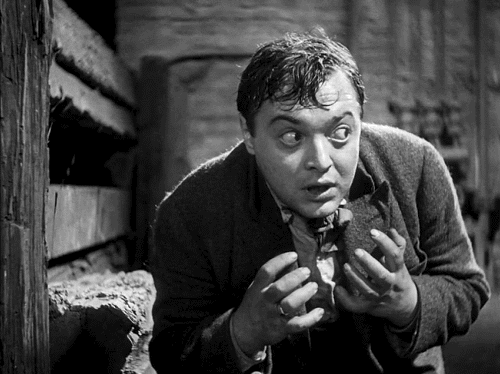
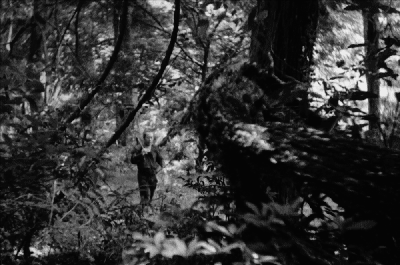
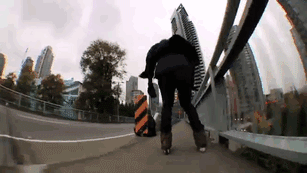
![[optimize output image] [optimize output image]](https://substackcdn.com/image/fetch/$s_!rpC7!,w_1456,c_limit,f_auto,q_auto:good,fl_lossy/https%3A%2F%2Fsubstack-post-media.s3.amazonaws.com%2Fpublic%2Fimages%2Ff4c9e95a-0e8d-44de-92b4-4f3c9b5cb9b0_600x338.gif)
